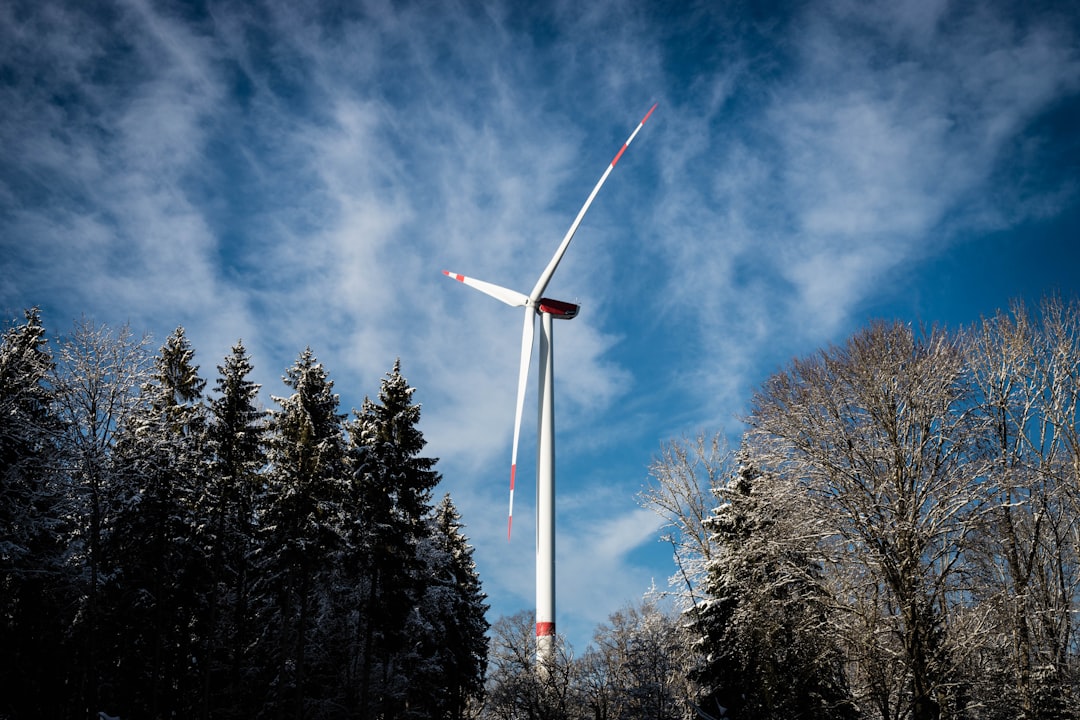What is it about?
Heat pumps can provide negative power balance on the reserve capacity market at times of excess power production from wind and/or solar power. The produced heat can be stored at low cost and aid in reducing the utility owners production costs. By consuming cheap surplus power the utility may reduce their production cost, reduce their emissions from burning solid fuels, and at the same time strengthen the power grid with negative power balance, i.e., consumption of electricity.
Featured Image

Photo by Matt Artz on Unsplash
Why is it important?
Large share of variable renewable electricity generation require contingency in the power system. Heat pumps can consume surplus power from wind and solar power for heat production. Heat can be stored at significantly lower cost than electricity. The stored heat can be used to replace expensive peak load production units, typically fossil fuelled boilers. Since district heating are energy systems dimensioned according to local resources and demands it is important to investigate the potential economic value in offering heat pump capacity on the reserve capacity market.
Perspectives
The idea behind this article was partly to investigate the production costs for three typical district heating systems and thus try to determine whether it could be economically beneficial for a district heating utility to offer heat pump capacities to the reserve capacity market, but it was also something more. I wanted it to be an attempt at showing that district heating utilities needs to change their way of prioritizing their production strategies. With increasing share of variable renewable electricity generation, the district heating systems have an golden opportunity in acting as power balancing suppliers. Producing electricity in combined heat and power units at times of low electricity generation from wind and/or solar and on the other hand, consuming electricity in heat pumps for heat production at times of high production from solar and/or wind. This enabled via the access to large-scale thermal energy storages acting as flexible thermal loads.
Svante Monie
WSP Global Inc
Read the Original
This page is a summary of: Power-to-heat on the reserve capacity market—Policy implications considering economic constraints and competing heat production, Journal of Renewable and Sustainable Energy, September 2022, American Institute of Physics,
DOI: 10.1063/5.0093346.
You can read the full text:
Contributors
The following have contributed to this page










